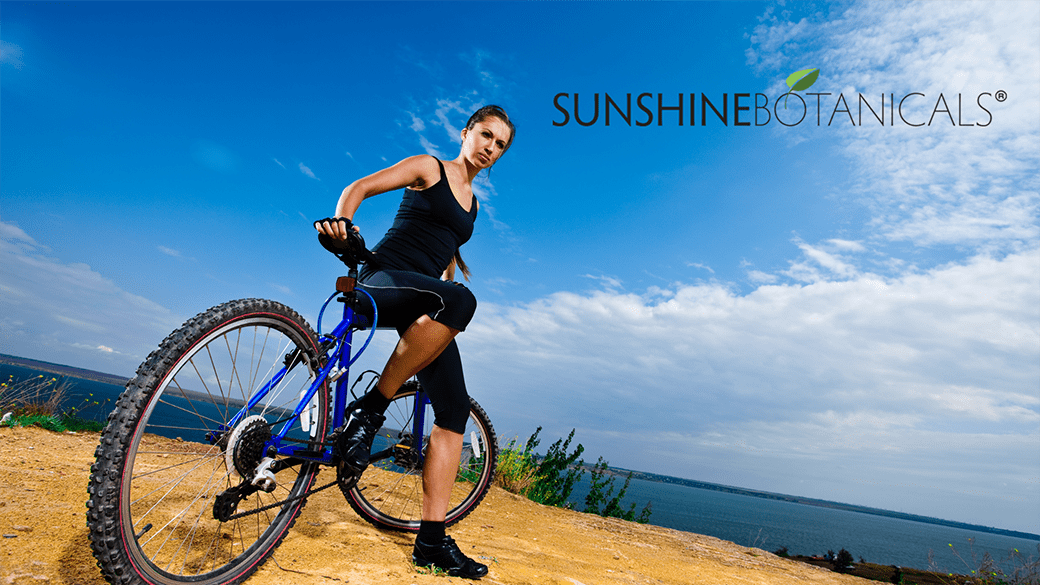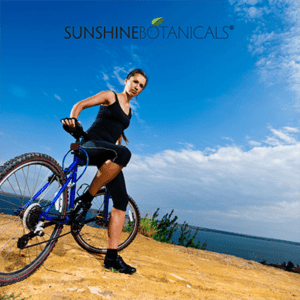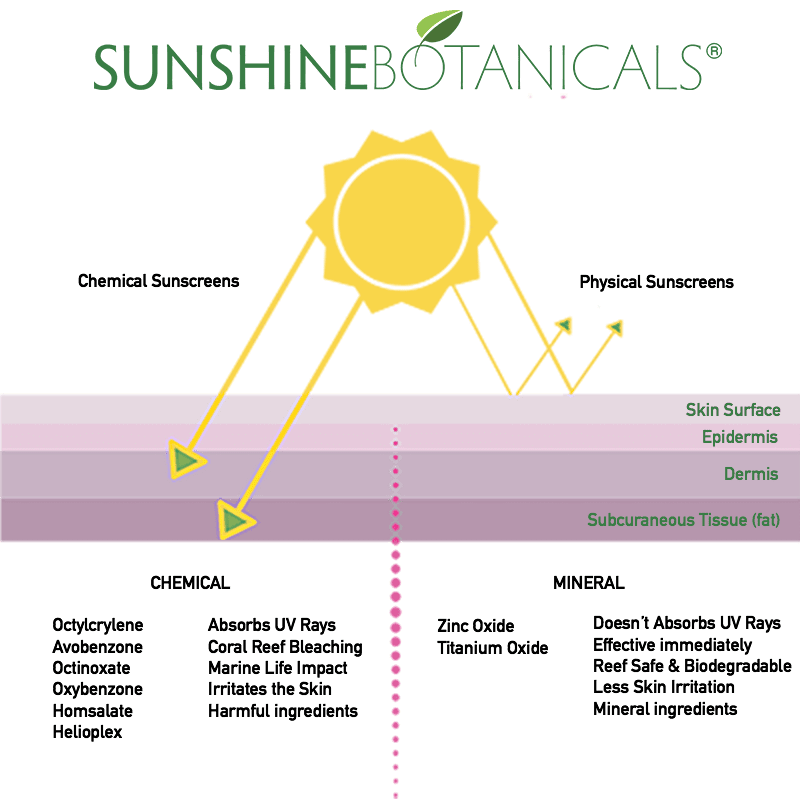Whether you’re indoors or out, your skin is affected by the environment. Your skin is bombarded by environmental aggressors daily. Air pollution and blue light from your computer screen and electronic devices produce free radicals that cause daily oxidative stress. The damage this produces adds up over time and leads to premature aging. From UV rays to blue light and pollution, these environmental factors work by creating oxidative damage in the skin, which breaks down collagen and may also damage the skin’s protective barrier function. A damaged skin barrier makes skin more prone to redness and fungal conditions.



Soooo, since all these things wreak such havoc on your skin, what DO you do to protect your skin and prevent this unnecessary damage??
First up: the sun. UV radiation is the most significant environmental factor and one of the most recognized when it comes to skin damage and aging. UV rays trigger the production of free radicals in the skin, leading to DNA damage and the breakdown of collagen and elastin in the skin, causing wrinkles, thus the need for potent, topical antioxidants!
Can skin heal from sun damage? If you’re looking to protect against sun damage and the adverse effects of the environment (and the resulting free radical damage), combine tried and true antioxidants, skin protective botanicals, and long proven minerals – zinc oxide and titanium dioxide, will get the job done.
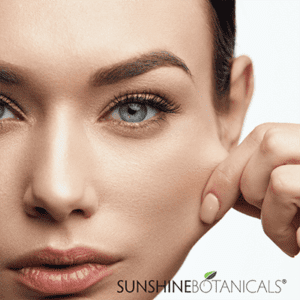
Antioxidants are nature’s defense against the damaging effects of free radicals. They guard cellular structures and DNA against electron scavenging free radicals.
Research indicates that topical antioxidants will generally:
· ~ Provide some UVA/UVB protection
· ~ Stimulate the production of collagen
· ~ Reduce cellular damage and photoaging
· ~ Alleviate and reduce inflammation
· ~ Protect against harmful pollutants in the environment like smoke and exhaust fumes
· ~ Protect against free radical damage and neutralized reactive oxygen species (ROS)
DO I NEED AN SPF?
Well, you need UV protection; whether or not you choose an SPF product is up to you. Let me explain…the acronym SPF stands for “sun protective factor” and is a number that shows how much UVB radiation it would take to begin burning and reddening skin when sunscreen is used correctly.
It’s important to note the SPF number does not indicate the time you spend under the sun. And SPF isn’t a perfect number; there are considerable other factors that affect how quickly you can burn: your skin type, whether you’re inside or outside, the intensity of the sun while you’re out (affected mainly through the time of day and location), as well as how much and how often you apply your SPF product. This being said, let’s look deeper to better understand what your options are…
Chemical Sunscreen vs. Physical Sunblock
Understanding Sun Protection
*Chemical sunscreen absorbs into the skin and then absorbs UV rays, converts the rays into heat, and releases them from the body. The active ingredients in chemical sunscreens include avobenzone, octinoxate, and oxybenzone. These are known carcinogens and are highly toxic, and are commonly found in commercial sunscreens. This is what is referred to as “SPF.”
*A physical sunblock sits on top of the skin and reflects the sun’s rays, rather than absorbing and scattering them like sunscreen does. Think of it this way, a screen door on your home keeps flies and pests out and allows the air to flow through, whereas a wooden door keeps everything out. A simple analogy to understand the difference between these types of products. Earth minerals (i.e., titanium dioxide and zinc oxide) are the main active ingredients found in chemical-free physical sunblocks and are known to be safe, very effective, literally block UV light, and help prevent skin damage.
Sunblock, Tinted Moisturizer, or BB Cream?
Almost everyone loves the fresh-faced, “no makeup” look, where the skin looks clear, smooth, and even, but very few of us wake up looking that way. If you know what to look for, it can be achieved without an arsenal of products or foundations. There’s an easy way to simplify your daily skincare routine and achieve flawless-looking skin by using only one product – an antioxidant-rich tinted moisturizer. These creams offer just enough coverage to even out skin tone and give it a slight glow as if you’ve just come back from a day at the beach and had eight hours of sleep when the reality is you are sleep-deprived and spending too much time indoors.
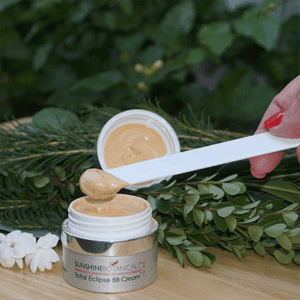
So, what does BB cream do? Instead of using a separate moisturizer, sunscreen, and foundation, you can simplify it all into one simple step with a high-quality BB cream. Some formulas don’t stop there, though. If you have any additional skin concerns such as breakouts, blotchy, or problem skin conditions, a blemish balm formula with bonus antioxidant ingredients will address those, too. BB is a foundation alternative that offers light coverage while being kind to the skin. BB can stand for a few different things, depending on who you ask: blemish balm, beauty balm, blemish base. In reality, while they’re all correct, beauty balm is probably the most accurate description of what it does. Between smoothing, blurring, protecting, and tinting, it’s genuinely a beauty powerhouse!
On days when you want a little coverage but don’t have the time to apply a full face of foundation or don’t want to, a BB cream is a quick and easy way to even out your skin tone without caking on the makeup. It’s also the perfect way to enhance your natural beauty while protecting your skin from the sun. Sunshine Botanicals Total Eclipse BB Cream is a great, lightweight, matte finish option that avoids that more cakey, drying look you sometimes see from full coverage foundation.

And What About Tinted Moisturizers?
A tinted moisturizer is precisely like what its name suggests. Total Eclipse is just like your regular moisturizer, but it comes with color pigment for subtle tint. This tint gives the skin a more even-toned look.
BB Cream Application Tips
Despite what you might think, beauty balms are fairly easy to apply. Because a BB cream combines skincare and makeup, the application process can be a little confusing. Use your fingers to pat the product evenly over the face and neck, then gently blend the product into the skin. Do not rub it in – gently blend for a smooth, even finish. Because a BB cream isn’t quite as thick as a traditional foundation and has the slip of a moisturizer, it’s easy to blend for a seamless finish.
During the summer months, a tinted moisturizer/BB cream combo is perfect for helping pare down your beauty routine. It is all you need for a flawless complexion — and who wants to wear foundation in heat and humidity? A tinted matte moisturizer can also work well for anyone with oily/combination skin who might break out from a heavier foundation. The lighter formula is also less likely to clog pores.
Daily Beauty Routine – Simplified!
For the days when your makeup needs to work harder for you, and time isn’t an issue, try applying a layer of tinted moisturizer and brush on bronzer or blush. Some women use tinted moisturizer as a base layer under their regular foundation. Or add a few drops of foundation or pigment drops to your tinted moisturizer to customize the shade. You’ll still look like you – only with brighter, more even skin.
Consider it your all-in-one summertime (heck!) year-round staple!
My Passion is your solution!
![]()
